Home > Salmon Run is the Co-op Mode that Splatoon 2 Really Needed
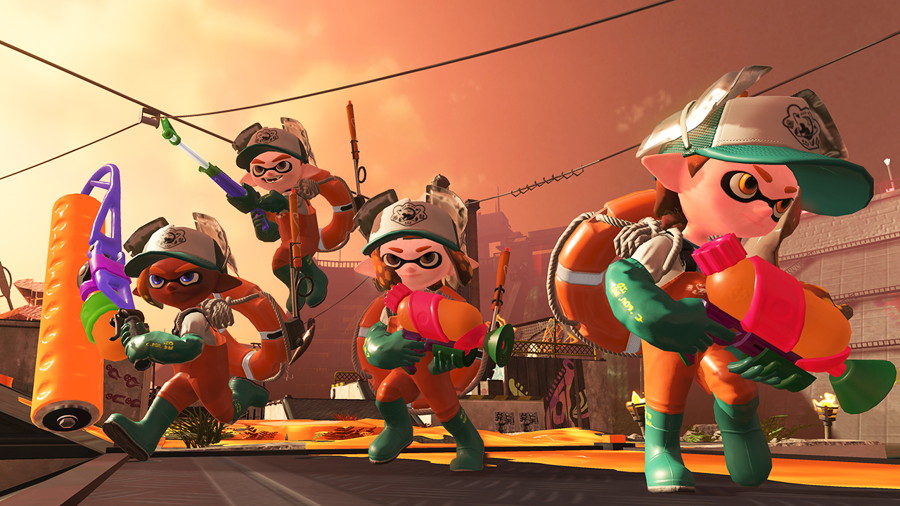
We've known about Salmon Run in Splatoon 2 since the April Direct, but we haven't seen much of it since the initial reveal. Luckily, Nintendo had Salmon Run available to demo at E3 this year and we got a chance to try it out. My time with the game was rather brief, but I'd like to share my impressions nonetheless.
For those unfimiliar, Salmon Run is a new local/online co-op mode in Splatoon 2 that can most easily be described as a zombie/horde mode. The mode is PvE for 2-4 players and features a horde of enemies that will continually spawn on the map. Defeating a bunch of enemies will be necessary to survive, but it won't mean anything unless you also complete the mission of each round: collect enough gold orbs and bring them back to a central basket.
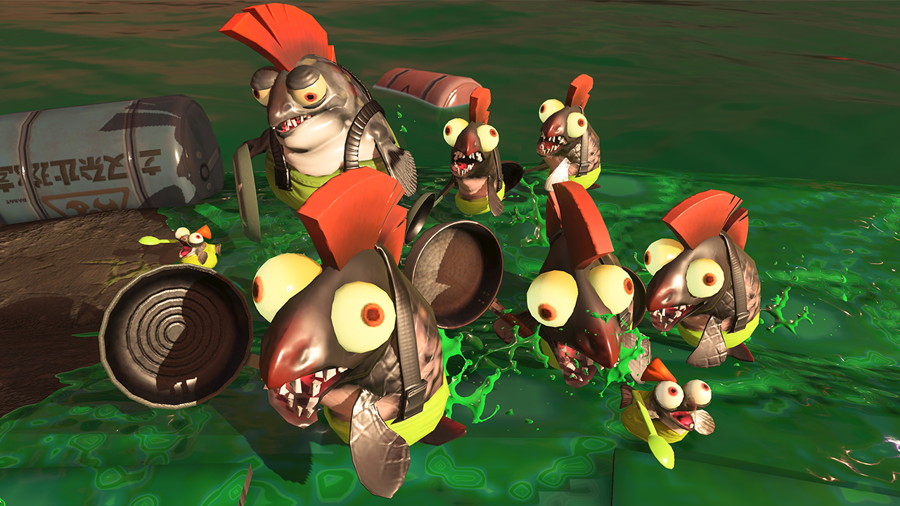
Golden orbs can be gathered by defeating larger boss enemies and must be schlepped one-by-one to the basket. The number of orbs you'll need to gather as well as many other variables (difficulty and number of enemies and bosses) depend on how many rounds you've completed and what difficulty you've got the game set to. The demo we tried was a measly 5%, but you can crank it all the way up to 200% which is borderline impossible to complete.
Of course, you'll also be working against a timer. You'll fail a round if the timer runs out and you haven't collected enough orbs or if all of your team dies. Living team members do have the option to save downed comrades, so it's not the end of the world if you bite the bullet at the hands of the salmon-like creatures. The ability to team save adds an extra level of depth and allows some team members to play aggresively while others are more conservative and hold back to heal. Even in our short time with the demo at 5% difficulty, the healing feature saved my team more than once.
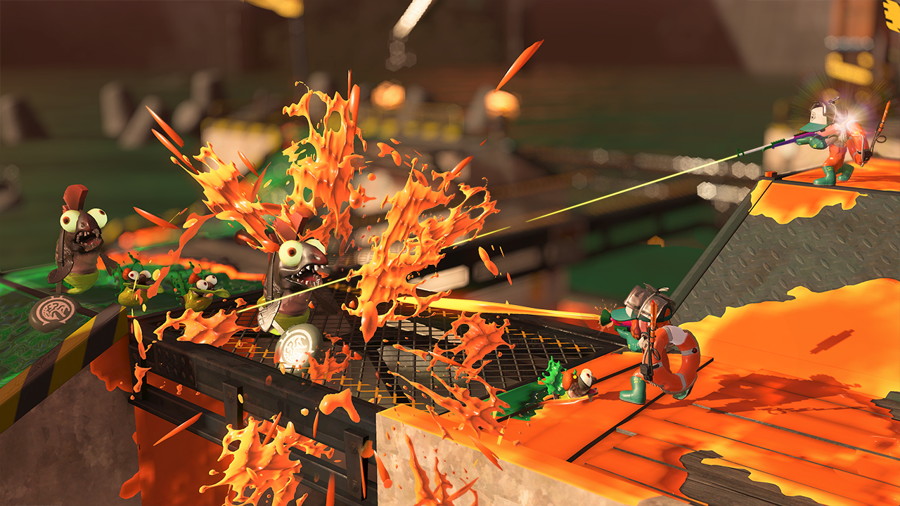
When the mode was initially revealed, I was very optimistic. The original Splatoon game was excellent for a lot of reasons, nearly all of which seem to be coming back in Splatoon 2. However, local play and co-op was completely awful. The Wii U only supported 2 players at once, one on the TV and one on the gamepad, and it ran choppy at best. Local play just wasn't fun, which meant that most of my time with Splatoon was spent playing against strangers in PvP.
Salmon Run, however, looks to bring an excellent option for local play and co-op. I'll finally be able to play Splatoon with my buddies locally, and we can work together. Communication will clearly be key as the difficulty ramps up in this mode, and I'll be able to do that without using the silly little app that Nintendo seems so keen on pushing. I think an option for local play is vital to my enjoyment of a shooter, and Salmon Run will provide just that.
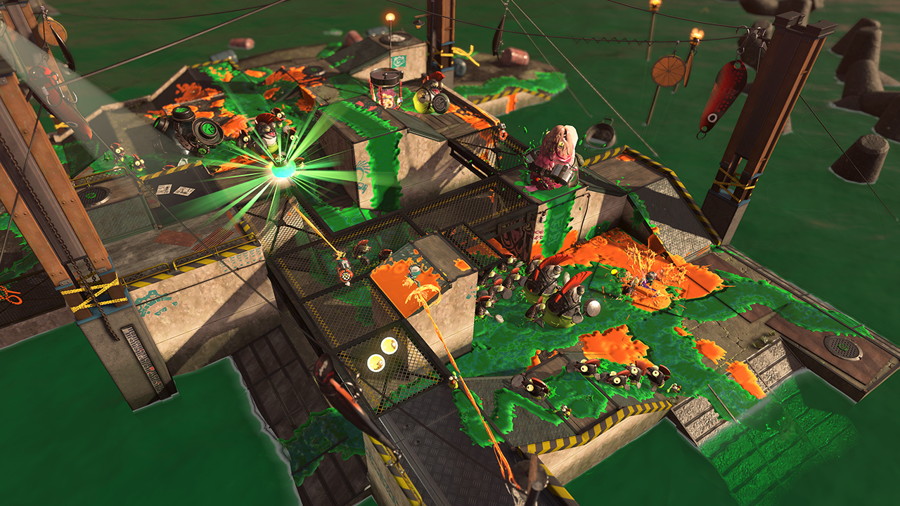
Although I'm quite excited for this mode, I do have a complaint: there seems to be a lack of an option to play split-screen. Although the Switch is growing in popularity and I'm sure more and more of my pals will pick one up, I'd like the option to play split-screen on my TV with my friends who don't own the Switch. This seems like a no-brainer, and I hope I'm surprised by an announcment that this is in fact a feature with Salmon Run.
I didn't get a whole lot of playtime in with Salmon Run, but I did really like what I saw. I'm looking forward to playing locally with my friends and seeing how far we can push horde mode. With the addition of Salmon Run, Splatoon 2 should have a killer single player, online, PvP, PvE, and local co-op. What more could we ask for (besides split-screen, of course)?
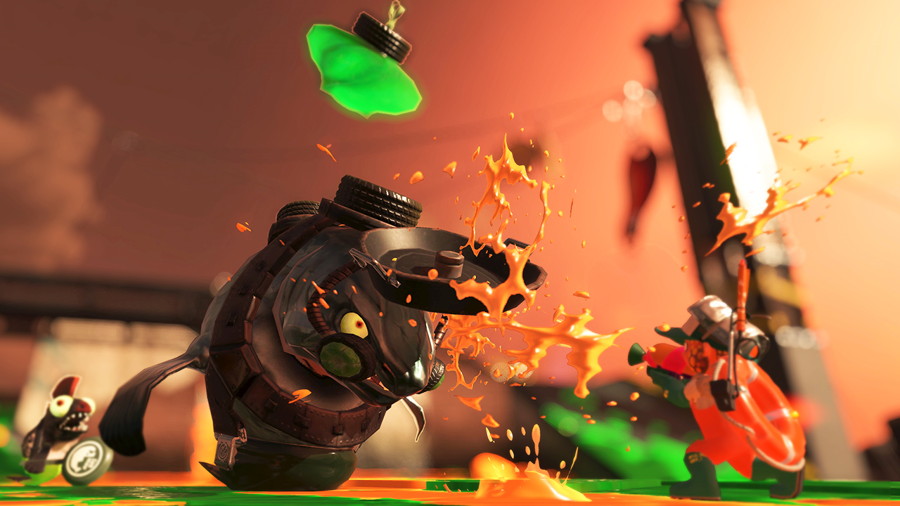
If you're looking for more Salmon Run footage, check out the following from Nintendo Treehouse at E3.
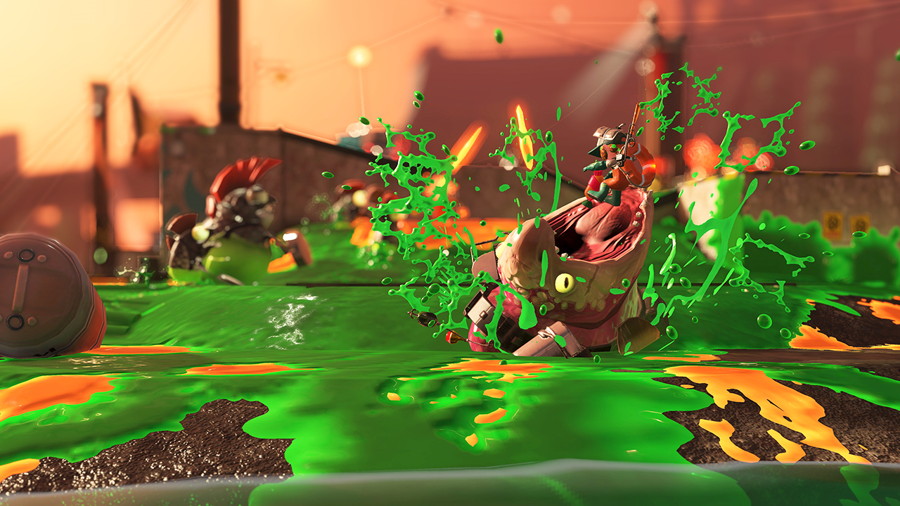
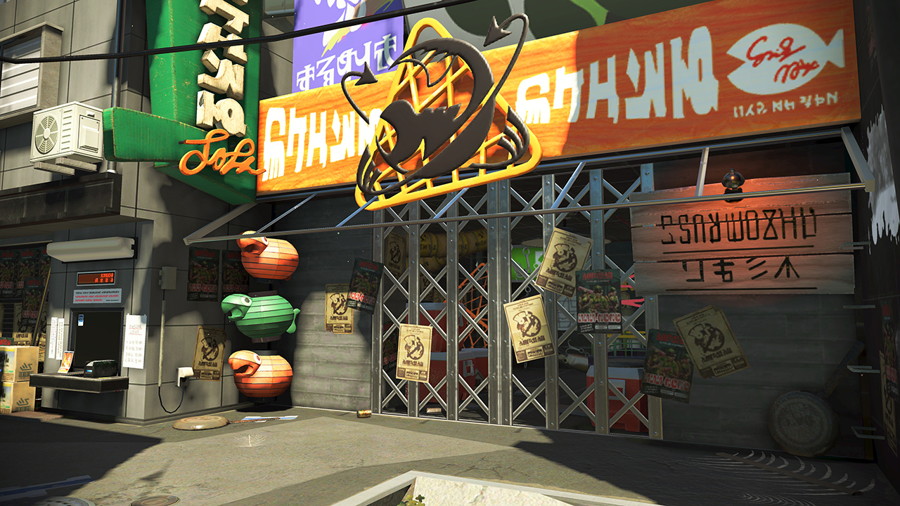
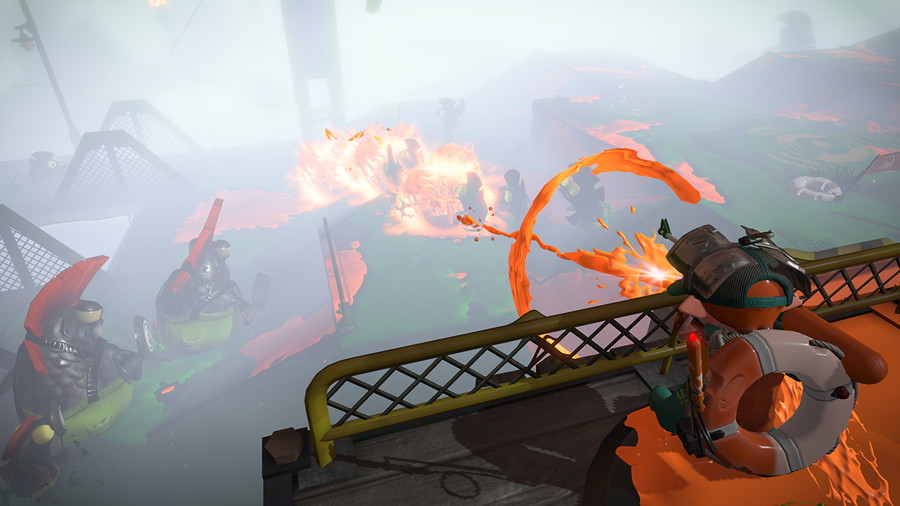
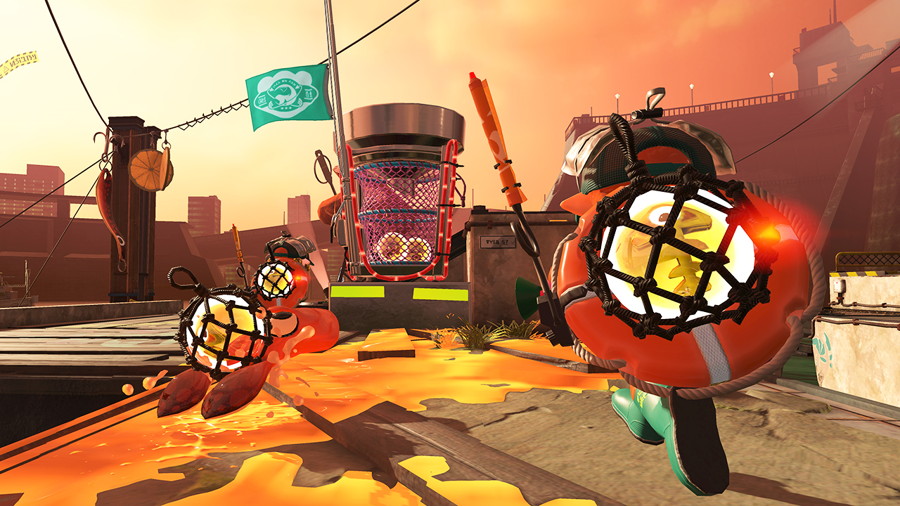
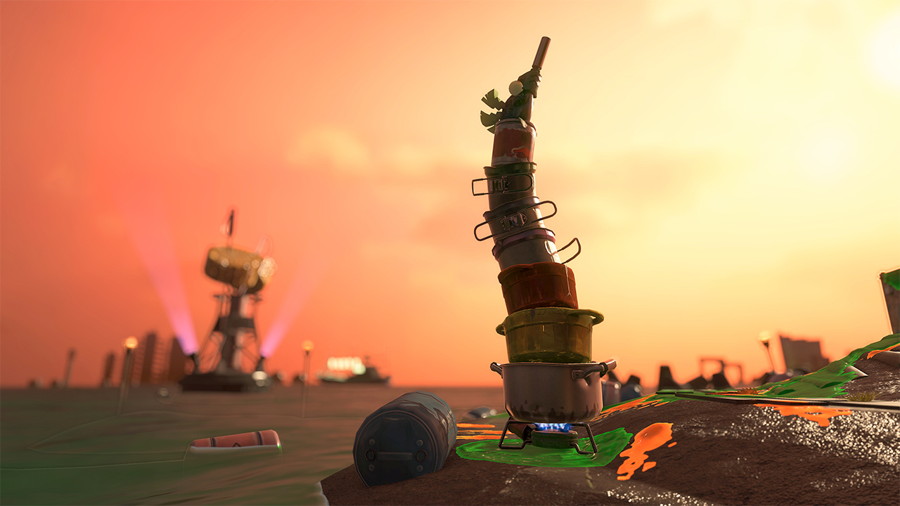
About the Author:
Rial Johnson
Rial Johnson founded Nintendo Castle in 2011 with hopes to build the largest collection of Nintendo walkthroughs, guides, and content on the web. He is an avid gamer with a special place in his heart for Nintendo, but often finds himself writing about games more than actually playing them. You'll likely see him around Nintendo Castle and on social media, mostly managing the front-end content of the site.